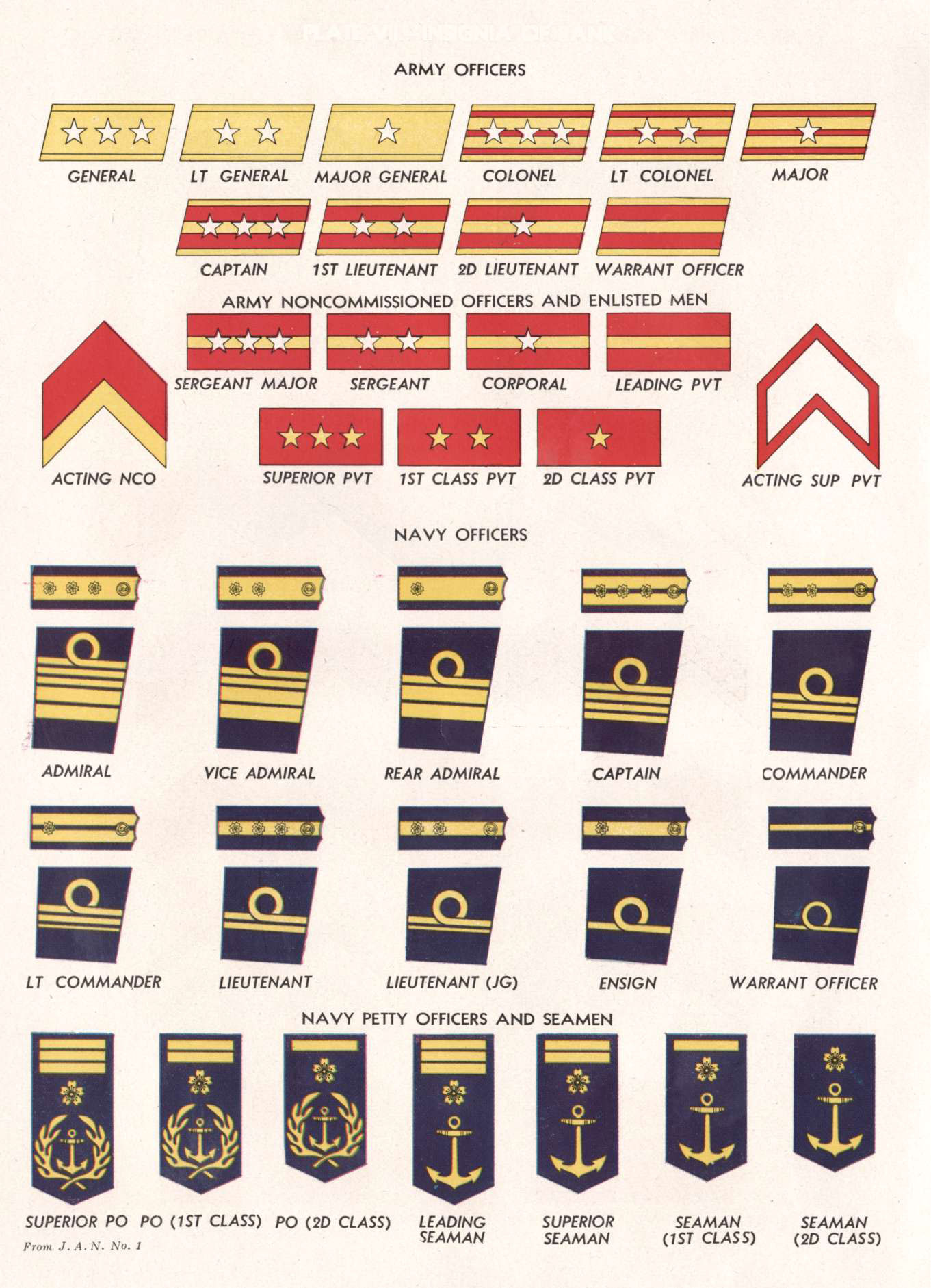
Throughout late 1942 and early 1943, the Japanese offensive in New Guinea lost momentum with losses to Australian and US forces at Milne Bay, along the Kokoda Track and around Buna–Gona.

Japanese Chi-Ha tanks and trucks in Malaya, 1942. The Japanese control of a large part of Oceania and Asia gave them a strong initiative, as they were able to acquire many valuable resources, including rubber, tin, bauxite and oil – Japan had no domestic sources of oil, but in 1942 the Dutch East Indies was the fourth largest global producer of oil. A combination of Japanese naval supremacy and the Allied doctrine of ' Europe first' meant they saw relatively little opposition during this stage of the war – 85% of American resources, and 68% of Army personnel went towards the European Theater. These included British Malaya, Guam, the Philippines and Wake Island. Once the Pacific War began, the Imperial Japanese Army quickly captured many critical areas. They were expecting that Germany would be able to force a British surrender, and subsequently, America would end the war on terms agreeable to Japanese interests. Japan recognised that they would not be able to win a protracted war with the Allied Powers, and suggested that such operations should take no longer than 150 days.

Īfter the Attack on Pearl Harbor and the invasion of Malaya in December 1941, the Empire of Japan was officially at war with the United States and the British Empire. As many as two-thirds of Japan's total military deaths were a result of illness or starvation. Japanese troops suffered from a shortage of supplies, especially food, medicine, munitions, and armaments, largely due to submarine interdiction of supplies, and losses to Japanese shipping, which was worsened by a longstanding rivalry with the Imperial Japanese Navy. A total of 5.473 million men served in the Imperial Japanese Army. From 1942, troops were sent to Hong Kong (23rd Army), the Philippines (14th Army), Thailand (15th Army), Burma (15th Army), the Dutch East Indies (16th Army), and Malaya (25th Army). A further 13 divisions defended the Manchurian–Soviet border, due to concerns about a possible attack by the Soviet Union. The Imperial Japanese Army (IJA) typically fought alone in these engagements, often with very little naval or aerial support, and the IJA quickly garnered a reputation for their unrelenting spirit.Īt the beginning of the Pacific War in 1941, the Imperial Japanese Army contained 51 divisions, 27 of which were stationed in China. Compared to the Western- European Theater, combat in the Pacific was brutal, marked by illness, disease, and ferocity. Most of the campaign was fought on a variety of small islands in the Pacific region. The Pacific War lasted from 1941 to 1945, with the Empire of Japan fighting against the United States, the British Empire and their allies.

The purpose of this episode in the film is obviously propagandistic, to present the Japanese as a primitive peasant people with strange customs.Imperial Japanese Army uniform between 19 (US Army poster) The Japanese Army never performed in such a way on official military occasions, although Japanese soldiers off-duty may well have got together and performed traditional dances for their own enjoyment. The dance itself seems to represent peasants thrusting spades into the soil. The procession shown in "City of Life and Death", with taiko drummers borne on a platform preceded by dancers appears to be based on some sort of traditional peasant festival.

Photographs of the real Japanese victory parade at Nanjing show it to have been a normal European-style affair, ie the uniformed soldiers marched in formation shouldering their weapons, just like the German soldiers marching down the Champs Elysees in Paris. Japanese military tradition, including such things as parades, marching, military music, bands, musical instruments, was entirely borrowed from Europe, and did not include elements drawn from traditional Japanese peasant culture. No, the parade shown in the film "City of Life and Death" is purely fictional.


 0 kommentar(er)
0 kommentar(er)
